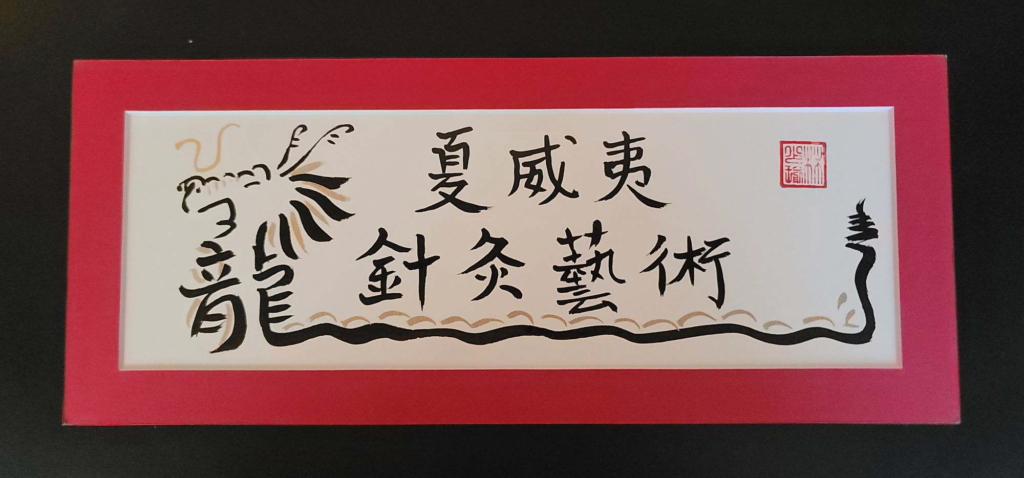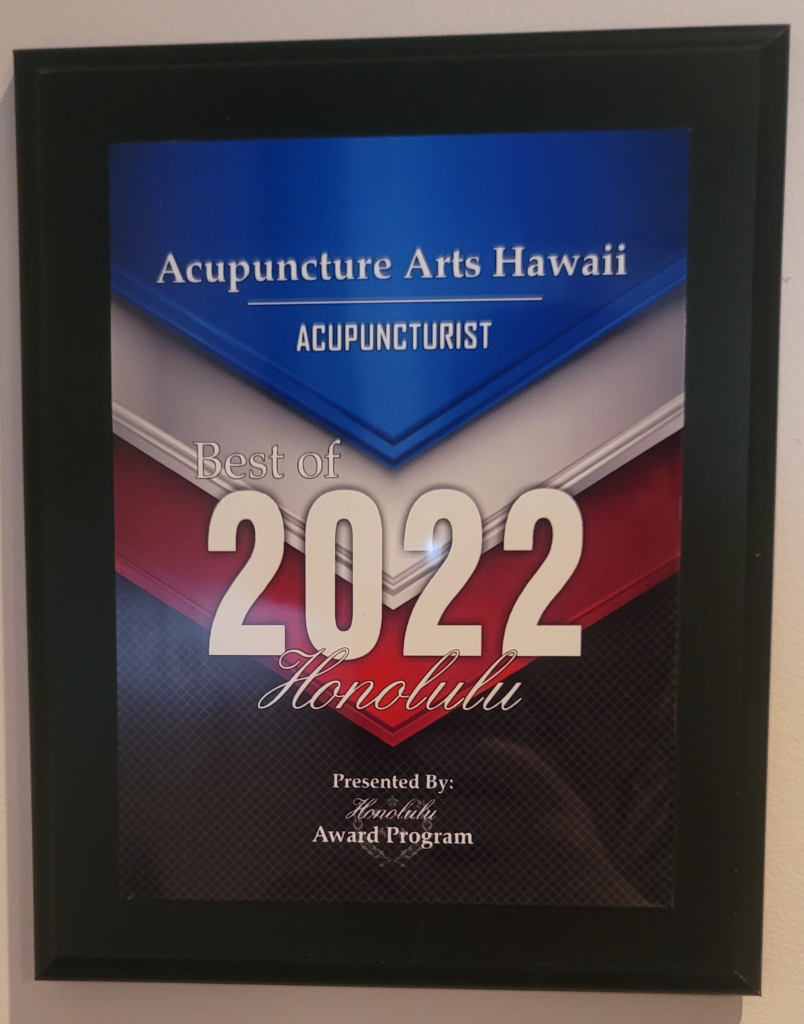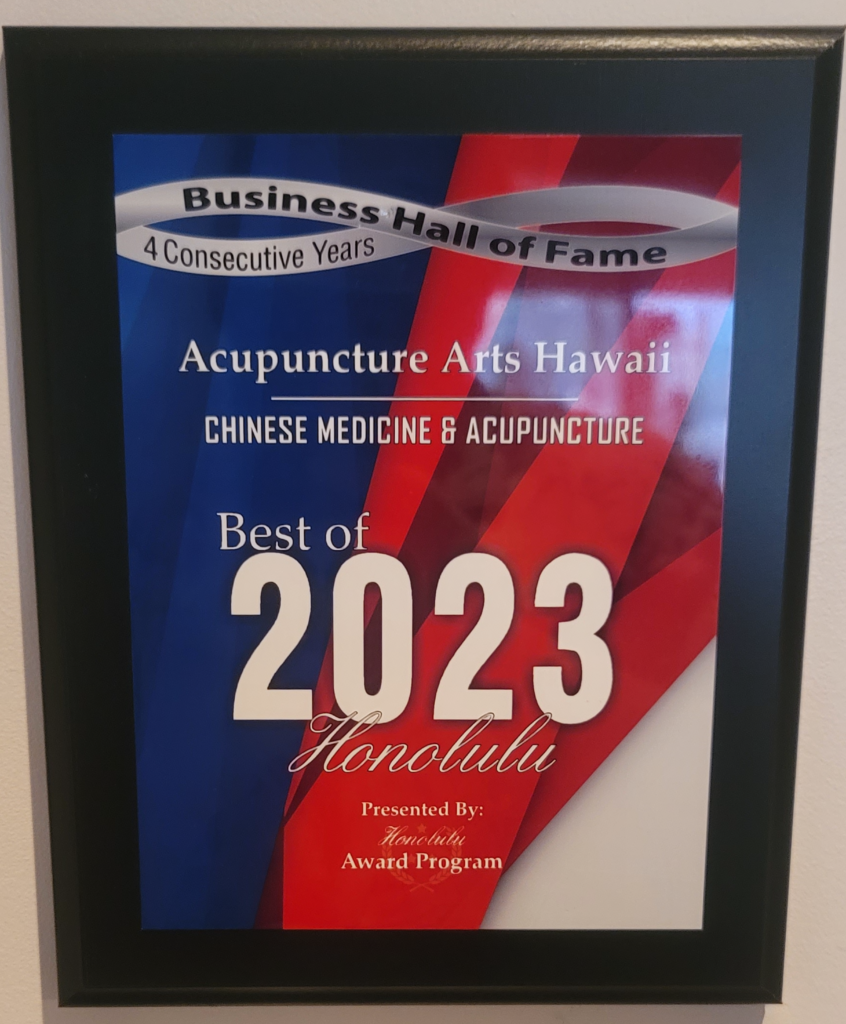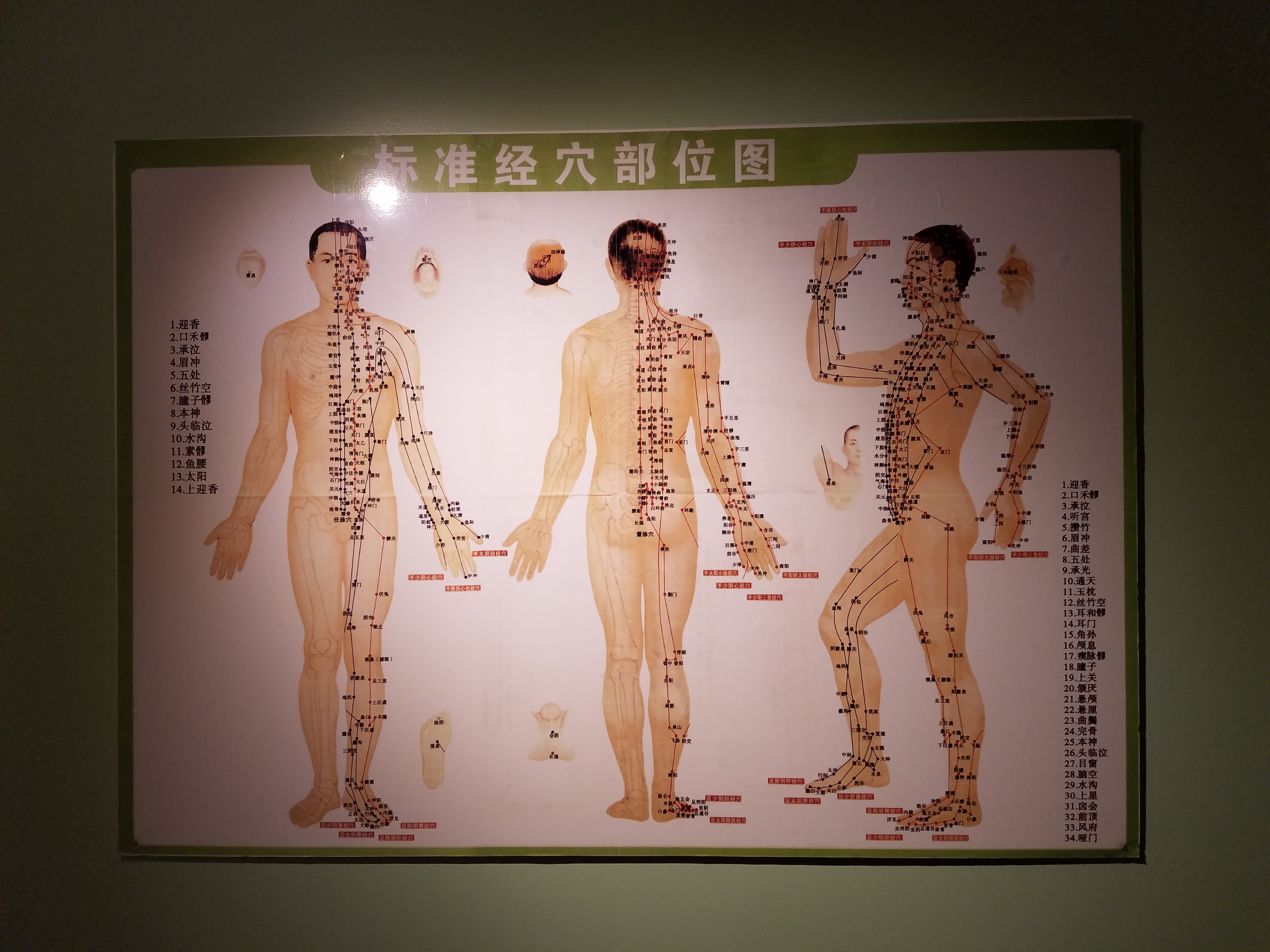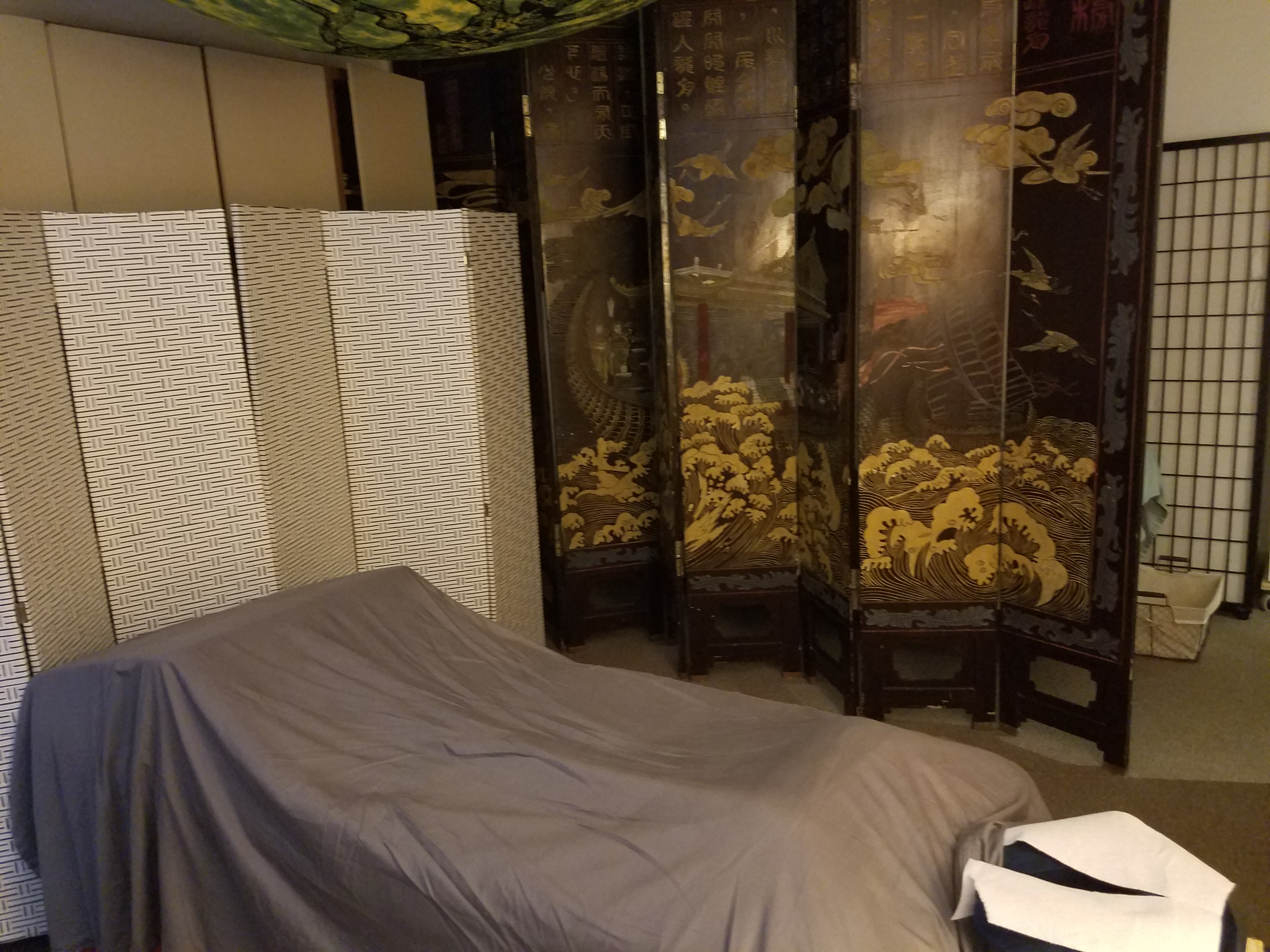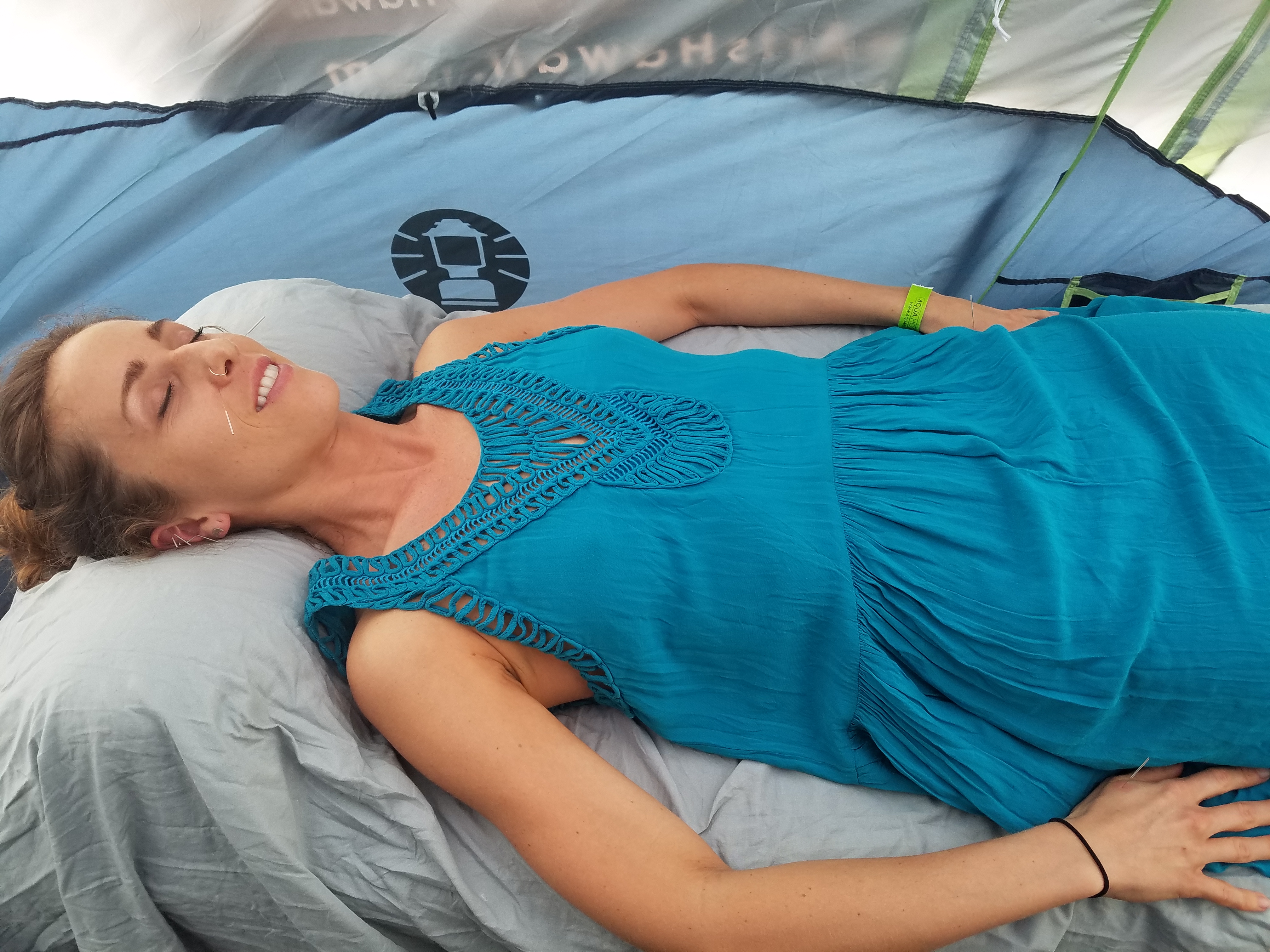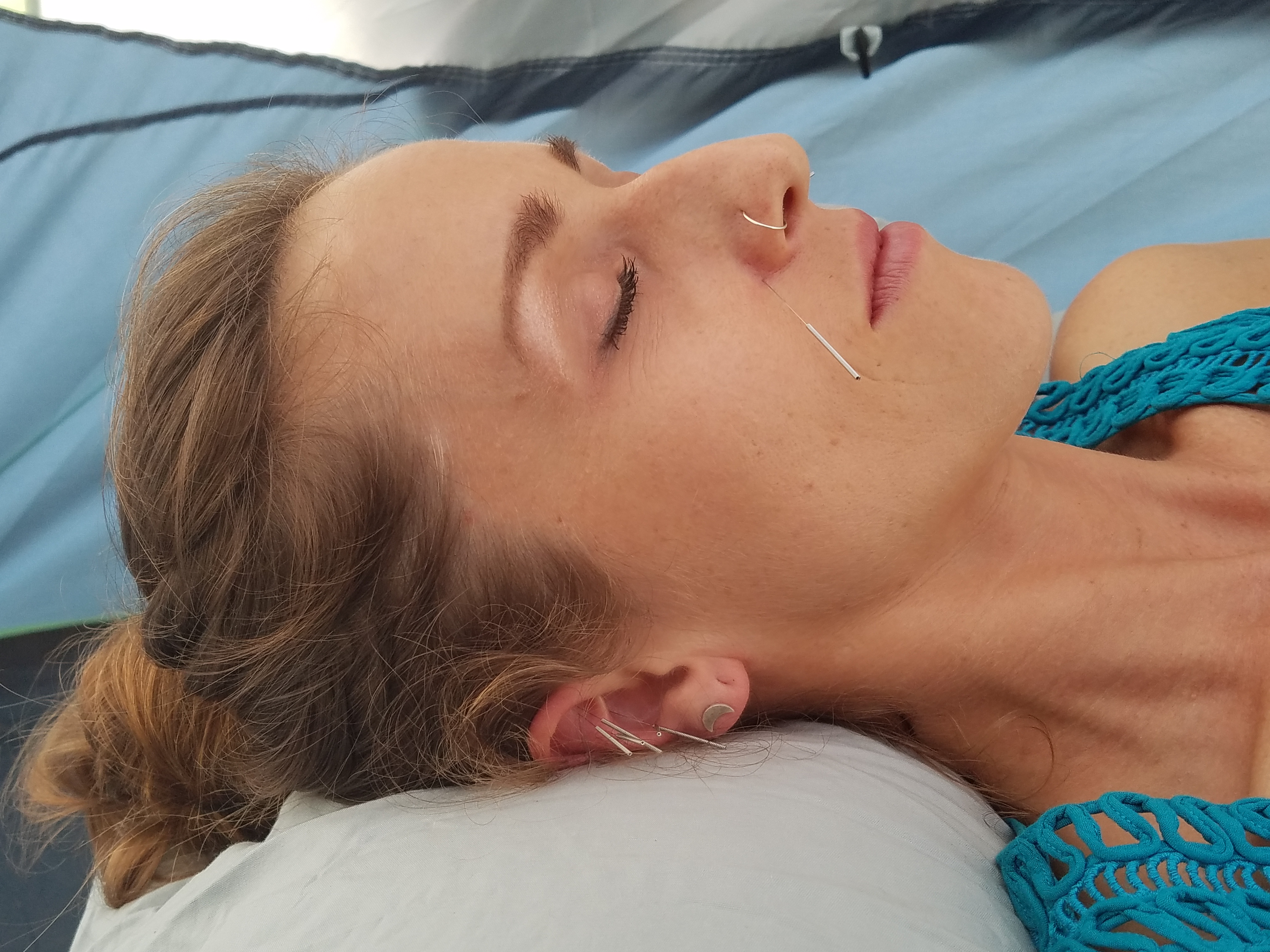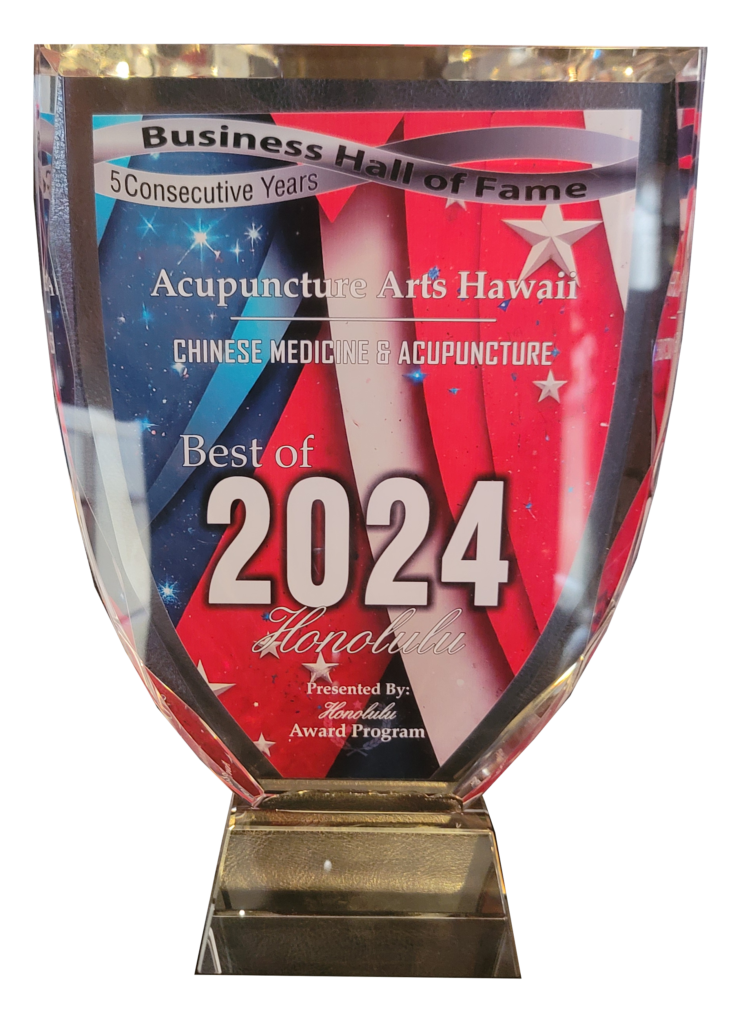
Accredited with an A+ Plus Rating with the Better Business Bureau since 2022
Happy Lunar New Year! Year of the Dragon Special: 20% OFF Any Service / Treatment for New & Existing Patients
Voted Best Acupuncturist in Honolulu 8 Years in a Row! by Honolulu Magazine & Expertise.com
New Free and Donation Based Community Acupuncture
At Acupuncture Arts Hawaii we know times are hard and it’s even harder to take care of yourself in these hard times. We are now offering Free and Donation Based Community Acupuncture.
Patients sit in a room as a group and receive auricular (ear) acupuncture. Patients are asked to donate what they can. Suggested donations are $25-$50, however no patients will be turned away for not being able to pay.
Auricular acupuncture is good for conditions like Addiction, PTSD, Stress, Anxiety, High Blood Pressure, Mental Health and Insomnia. Sessions are 45minutes to 1 Hour long.
Call to Book today: 808.781.4920
Acupuncture Arts Hawaii is Accredited by the Better Business Bureau
Voted #1 Acupuncturist in Honolulu, Hawaii 7 Years in a Row 2016 – 2022
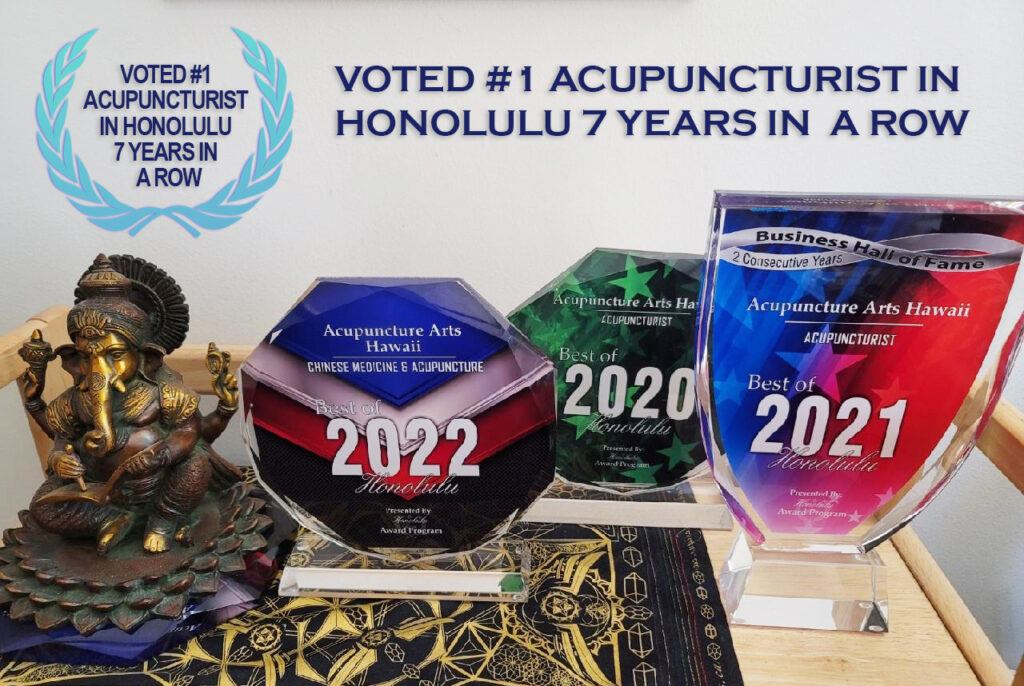
Voted #1 Acupuncturist in Hawaii by Expertise.com
Acupuncture Can Ease Carpal Tunnel
Acupuncture can relieve wrist pain, and researchers have tracked the brain and nervous system changes that may help explain why.
Scientists randomized 80 people with mild or moderate carpal tunnel syndrome — pain caused by nerve compression at the wrist — to one of three groups. The first received acupuncture at the wrist and ankle. The second got acupuncture at the wrist alone. And the third received sham acupuncture, using “fake” needles near the affected wrist, as a placebo. Using functional M.R.I. and nerve conduction tests before and after the procedures, they measured the effect on brain and nerves.
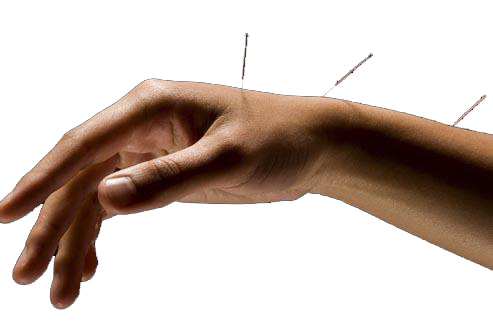 All three groups found relief from pain, but both of the true acupuncture groups showed measurable physiological improvements in pain centers in the brain and nerves, while sham acupuncture did not produce such changes. Improvement in brain measures predicted greater pain relief three months after the tests, a long-term effect that placebo did not provide. The study is in Brain.
All three groups found relief from pain, but both of the true acupuncture groups showed measurable physiological improvements in pain centers in the brain and nerves, while sham acupuncture did not produce such changes. Improvement in brain measures predicted greater pain relief three months after the tests, a long-term effect that placebo did not provide. The study is in Brain.
“What’s really interesting here is that we’re evaluating acupuncture using objective outcomes,” said the senior author, Vitaly Napadow, a researcher at Harvard. Sham acupuncture was good at relieving pain temporarily, he said, but true acupuncture had objective physiological — and enduring — effects.
“Acupuncture is a safe, low-risk, low side-effect intervention,” he continued. “It’s perfect for a first-line approach, and it’s something patients should consider before trying more invasive procedures like surgery.


